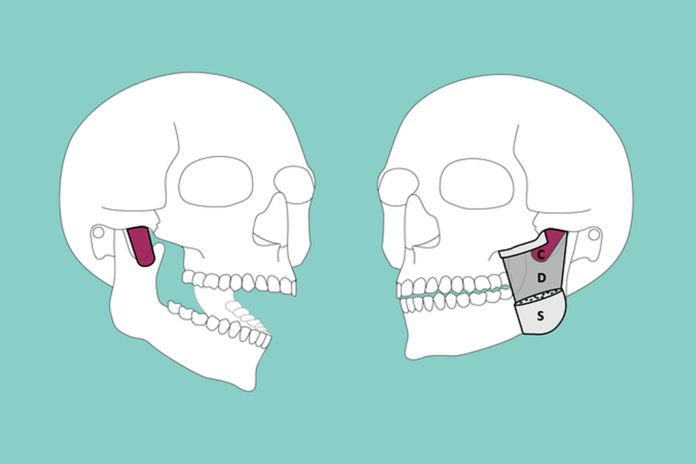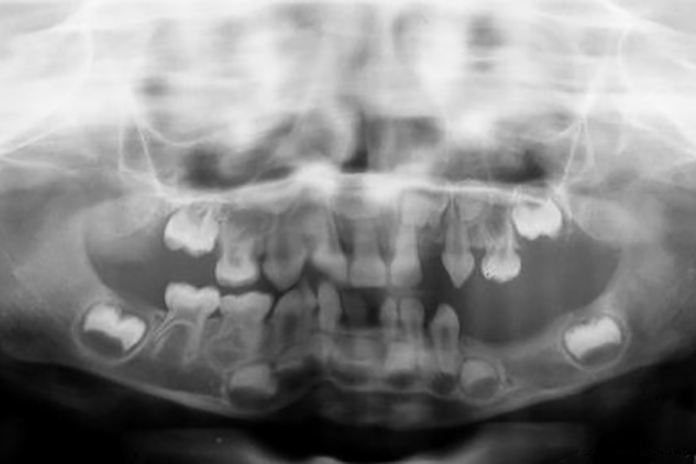Spring Hatfield, RDH, BSPH
QUIZ: Test your Microbiology Knowledge
Are you in need of CE credits? If so, check out our peer-reviewed, self-study CE courses here.
Now Check Out the Self-Study, Peer-Reviewed CE Courses...
Nurse’s Conviction: Could Hygienists be Criminally Prosecuted for Errors?
Nurses and nurse practitioners across the country closely followed the RaDonda Vaught case. Vaught was a registered nurse working at Vanderbilt University Medical Center....
OraVerse®: How to Help Dental Patients Rebound from ‘Numb Feeling’ Faster
Disclosure: This article is sponsored content from Septodont as part of our sponsored partner program.
During my early years in dentistry, I was a dental assistant...
The Close Relationship between Oral Allergy Syndrome and Seasonal Allergies
Seasonal allergies can be dreadful. Everyone seems to be affected to some degree. Did you know that certain seasonal allergies can cause oral symptoms...
QUIZ: Test your Air Polishing Knowledge
Are you in need of CE credits? If so, check out our peer-reviewed, self-study CE courses here.
Now Check Out the Self-Study, Peer-Reviewed CE Courses...
4 Ways Pregnancy Affects Oral Health
A woman goes through many changes during the nine months of pregnancy. It is always exciting to see the first signs of a baby...
6 Ways You Get More Radiation than From Dental X-rays
Several years ago, a popular talk show informed the public that dental X-rays could be a contributing factor in thyroid cancer. This was shared...
QUIZ: Test your Children’s Dental Health Knowledge
Are you in need of CE credits? If so, check out our peer-reviewed, self-study CE courses here.
Now Check Out the Self-Study, Peer-Reviewed CE Courses...
Proposed Illinois Legislation Will Allow Dental Assistants to Scale – Opposition Opinion
In October 2021, an Illinois State Dental Society lobbyist, Dave Marsh, made the claim that dental hygienists were not “medically qualified to correct your...
Scientists Discover New Muscle Layer in the Human Jaw
After successfully completing dental hygiene school, we often think we know all there is to know about the anatomy of the head and neck....
QUIZ: Test your Dental Sealants Knowledge
Are you in need of CE credits? If so, check out our peer-reviewed, self-study CE courses here.
Now Check Out the Self-Study, Peer-Reviewed CE Courses...
Oral-Systemic Links: How Does Mitochondrial Dysfunction Interact with Periodontal Disease?
Mitochondria are the powerhouse of the cell, and we get all our mitochondria from our mothers (from the father in some rare cases). That...
QUIZ: Test your Standard of Care Knowledge
Are you in need of CE credits? If so, check out our peer-reviewed, self-study CE courses here.
Now Check Out the Self-Study, Peer-Reviewed CE Courses...
Fluorine Discovered in a Galaxy 12 Billion Light-Years Away
I often hear patients and, in some instances, dental professionals stating they are trying to avoid using fluoride because it is a “neurotoxin.” When...
QUIZ: Test your Nutrition & Oral Health Knowledge
Are you in need of CE credits? If so, check out our peer-reviewed, self-study CE courses here.
Now Check Out the Self-Study, Peer-Reviewed CE Courses...
Illinois Dental Society’s Insult to Dental Hygiene Really Insults Overall Population
Dave Marsh, a lobbyist for the Illinois Dental Society, recently offered a comment about dental hygienists that was quoted in the news media: "I...
Tooth Agenesis: Oral Health Diagnosis Should Prompt Screening for Systemic Disease
Dental health professionals are aware of the connection between oral manifestations and systemic disease. We are well versed in having a conversation regarding the...
Busting Some of the Biggest Dental Myths Out There
We have all heard our fair share of myths growing up. My favorite myth my parents tried to sell me was a spin-off of...
QUIZ: Test your Forensic Dentistry Knowledge
Are you in need of CE credits? If so, check out our peer-reviewed, self-study CE courses here.
Now Check Out the Self-Study, Peer-Reviewed CE Courses...
QUIZ: Test your Oral Pathology Knowledge
Are you in need of CE credits? If so, check out our peer-reviewed, self-study CE courses here.
Now Check Out the Self-Study, Peer-Reviewed CE Courses...




















